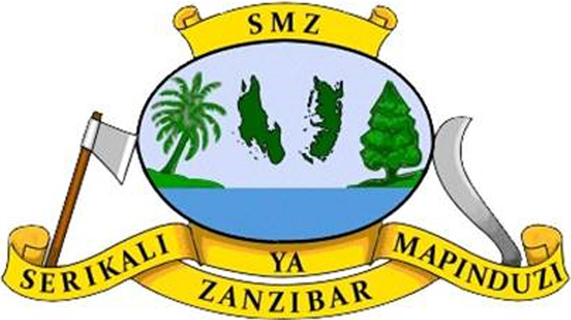- Describe a molecular model for solids, liquids, and gases.
- Extend this model to phase changes.
- Describe how heating or cooling changes the behavior of the molecules.
- Describe how changing the volume can affect temperature, pressure, and state.
- Relate a pressure-temperature diagram to the behavior of molecules.
- Interpret graphs of interatomic potential.
- Describe how forces on atoms relate to the interaction potential.
- Describe the physical meaning of the parameters in the Lennard-Jones potential, and how this relates to the molecule behavior.
- Describe characteristics of three states of matter: solid, liquid and gas.
- Predict how varying the temperature or pressure changes the behavior of particles.
- Compare particles in the three different phases.
- Explain freezing and melting with molecular level detail.
- Recognize that different substances have different properties, including melting, freezing and boiling temperatures.
- Determine how each parameter (initial height, initial angle, initial speed, mass, diameter, and altitude) affects the trajectory of an object, with and without air resistance.
- Predict how varying the initial conditions will affect a projectile’s path, and provide an explanation for the prediction.
- Estimate where an object will land, given its initial conditions.
- Determine that the x and y motion of a projectile are independent.
- Investigate the variables that affect the drag force.
- Describe the the effect that the drag force has on the velocity and acceleration.
- Discuss projectile motion using common vocabulary (such as: launch angle, initial speed, initial height, range, time).
- Determine the variables that affect how charged bodies interact.
- Predict how charged bodies will interact.
- Describe the strength and direction of the electric field around a charged body.
- Use free-body diagrams and vector addition to help explain the interactions.
- Determine the variables that affect the strength and direction of the electric field for a static arrangement of charges.
- Investigate the variables that affect the strength of the electrostatic potential (voltage).
- Explain equipotential lines and compare them to the electric field lines.
- For an arrangement of static charges, predict the electric field lines. Verify the prediction using vector addition.
- Relate the electrostatic force magnitude to the charges and the distance between them
- Explain Newton's third law for electrostatic forces
- Use measurements to determine Coulomb’s constant
- Determine what makes a force attractive or repulsive
Learn how you can calculate the launch velocity of an object by using the total energy of a system. Energy that is conserved can be transferred within a system from one object to another changing the characteristics of each object, like velocity.
Forces at a distance are explained by fields (gravitational, electric, and magnetic) permeating space that can transfer energy through space. Magnets or electric currents cause magnetic fields; electric charges or changing magnetic fields cause electric fields.
In this video we’re going to discover how to factorise quadratics that don’t have 1 as the coefficient of the x-squared term. These are called non-monic quadratics. We can do it by trial and error and just spotting the factors, but this takes a lot of trial an error. Luckily there is a different method we can use instead, which we will looks at in this video.
This podcast (audio) file explains how electric current can be obtained from the sun through the solar panel using direct illumination of the sun rays


